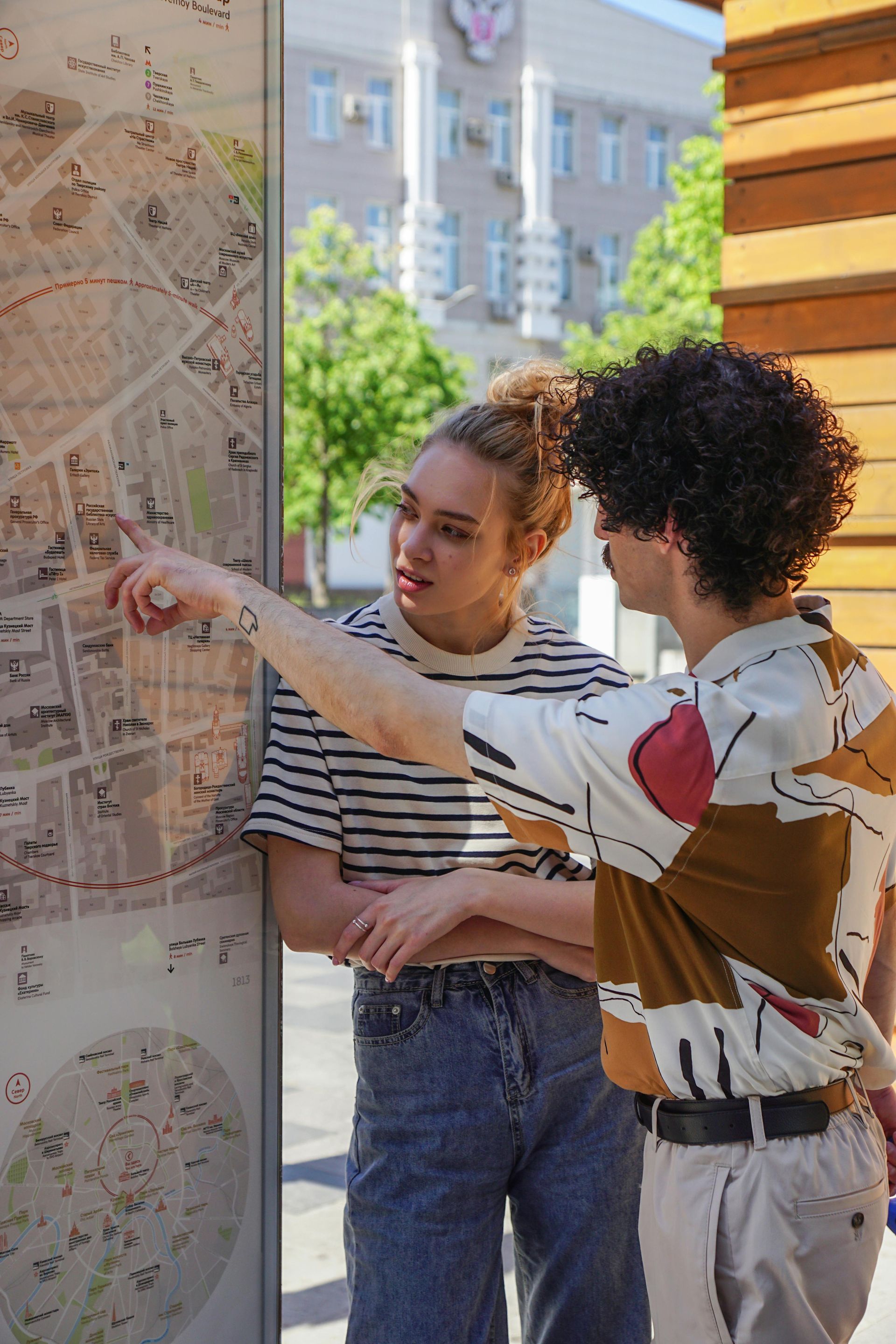Blog

by Martin Taylor
•
25 June 2025
The New Study from Panolytica Reveals Stark Health and Wealth Gaps Between Neighbouring Dutch Communities New insights from Panolytica , an AI-powered analytics firm specialising in geodemographic segmentation, reveal a deeply rooted pattern of inequality within Dutch cities. While national and municipal statistics often suggest broad progress in areas like education, income, and crime reduction, postcode-level analysis tells a different story. In fact, some of the most pronounced socio-economic and health disparities are found between postcodes that sit side by side. “Ultimately, tackling inequality requires recognising it first,” says Panolytica CEO Martin Taylor. “As Panolytica’s analysis shows, some of the greatest disparities are hiding in plain sight—just across the street.” Panolytica points to The Hague, where postcode 2514—which includes Archipelbuurt and Willemspark—borders postcode 2515, covering Stationsbuurt and Huygenspark. Despite their geographic proximity, the differences are dramatic. In postcode 2515, over 40% of residents depend on some form of social benefits, more than double the rate in neighbouring 2514. Educational attainment follows the same pattern: while more than 52% of adults in 2514 hold higher education qualifications, that figure drops below 20% in 2515. Panolytica’s new research also finds that crime is another dividing line. Residents in 2515 are more than three times as likely to report being victims of crime than their neighbours in 2514, according to Panolytica’s postcode-level crime index. Income disparities are even more pronounced. The average household income in 2514 exceeds €150,000, while in 2515, it sits closer to €45,000—a gap that translates into differences not just in lifestyle, but in long-term health and wellbeing. These postcode-level divides mirror national findings. According to Statistics Netherlands (CBS), Dutch men in the lowest 20% income bracket live, on average, nine years less than those in the highest bracket. More strikingly, they spend up to 22 fewer years in good health. For women, the life expectancy gap between income groups is nearly eight years. These figures are not abstract—they are lived experiences, shaped by access to education, housing quality, employment opportunities, and healthcare. Panolytica’s segmentation of these neighbourhoods shows how starkly lifestyles can diverge within a single kilometre. Postcode 2514 is dominated by affluent, cosmopolitan segments such as Elite Enclaves—older, international property owners—and Upscale Movers, high-earning young professionals. Meanwhile, postcode 2515 is populated by segments like Struggling Hubs and Studio Living—younger adults in precarious employment, often living in low-quality rental apartments and experiencing limited upward mobility. “Policy cannot be made on the basis of averages,” Taylor says. “Our Consumer Compass platform enables local governments, developers, and public services to pinpoint inequality with precision—postcode by postcode, even block by block.” As the Netherlands contends with rising housing demand, escalating healthcare costs, and growing urban density, postcode-level analytics are no longer a luxury—they are essential, according to Taylor “With AI-powered tools, policymakers and urban planners can better identify the communities most in need of investment and intervention.”

by Alex Hill
•
18 March 2025
In 2025, the integration of geodemographics into location planning has become indispensable for businesses aiming to thrive in a competitive landscape. By analysing the demographic and geographic characteristics of specific areas, companies can make informed decisions about where to establish new outlets, tailor their offerings, and effectively reach their target audiences. Understanding Geodemographics Geodemographics involves segmenting consumers based on both their demographic profiles—such as age, income, and occupation—and their geographic locations. This dual-faceted approach enables businesses to gain a nuanced understanding of consumer behaviours and preferences across different regions. The Significance in Location Planning Incorporating geodemographic data into location planning allows businesses to: Identify Optimal Locations: By understanding the demographic makeup of various regions, companies can pinpoint areas where their products or services are in high demand. For instance, a retailer targeting young professionals would benefit from opening stores in urban areas with a high concentration of this demographic. Tailor Marketing Strategies: Geodemographic insights enable businesses to customise their marketing campaigns to resonate with local audiences. This ensures that promotional efforts are both relevant and effective. Enhance Product Offerings: Recognising the unique preferences of different communities allows companies to adjust their product lines to better meet local demands. Real-World Applications Several UK brands have effectively leveraged geodemographics in their location planning strategies: Boots: The high street pharmacy chain utilises location intelligence to align its operations with the needs of individual stores. By analysing footfall data, regional shopping behaviours, and demographic insights, Boots fine-tunes product offerings, staffing, and promotions to cater to local demands. Gymbox: This fitness brand uses location data to select areas where their unconventional brand will resonate most. By mapping local demographics and cultural trends, Gymbox strategically places gyms in areas with a high concentration of young professionals or creatives, ensuring their unique classes are a perfect fit for the community. Premier Inn: The hotel chain employs location intelligence to optimise pricing across its many hotel locations. By analysing local data on events, seasonal tourism peaks, and even weather conditions, Premier Inn adjusts room rates dynamically to reflect heightened demand, staying competitive while maximising occupancy and revenue. Introducing Consumer Compass by Panolytica To harness the full potential of geodemographic data, businesses require sophisticated tools that provide actionable insights. Panolytica's Consumer Compass is designed to meet this need. By integrating vast datasets and advanced analytics, Consumer Compass offers: Detailed Consumer Profiles: Gain a comprehensive understanding of your target audience's behaviours, preferences, and purchasing patterns. Optimal Site Selection: Identify prime locations for expansion based on geodemographic data, ensuring your business is positioned for success. Customised Marketing Insights: Develop tailored marketing strategies that resonate with specific demographics, enhancing engagement and conversion rates. Incorporating Consumer Compass into your location planning strategy ensures that your business decisions are data-driven and aligned with the evolving needs of your customers. Conclusion In today's data-centric world, understanding the intricate relationship between geography and demographics is crucial for effective location planning. By leveraging geodemographic insights, businesses can make strategic decisions that drive growth, enhance customer satisfaction, and maintain a competitive edge. Tools like Panolytica's Consumer Compass empower companies to navigate this complex landscape with precision and confidence.
